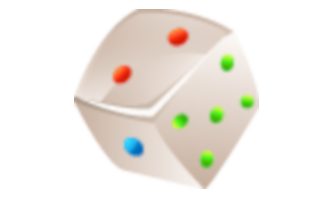Solids, liquids and gases
Science, Grade 5
Solids, liquids and gases
Study Guide

Solids, liquids and gases
Flash Cards

Solids, liquids and gases
Quiz

Solids, liquids and gases
Worksheets

Solids, liquids and gases
Games

Study Guide Solids, liquids and gases Science, Grade 5
❮
1
/
2
❯
SOLIDS, LIQUIDS, AND GASES States of Matter Solid, liquid, and gas are all states of matter. SOLID Facts: The molecules in solids are tightly packed together. Solids also can hold their own shape. Example of solid = a brick Lesson Checkpoint: Describe a SOLID. LIQUID Facts: The molecules in liquids are not as close as those in solids; they have a little more room to move around. Liquids take the shape of the container into which they are poured. Example of liquid = water. Lesson Checkpoint: Describe a LIQUID. GAS Facts: The molecules in gases are far apart. Gases can fill any size room or any size container. Example of a gas = helium. Lesson Checkpoint: Describe a GAS. © Copyright NewPath Learning. All Rights Reserved. Permission is granted for the purchaser to print copies for non-commercial educational purposes only. Visit us at www.NewPathLearning.com.
The Water Cycle: Matter Can Change Forms! Evaporation Evaporation is the process by which water changes from liquid form to gas form (in the form of water vapor). Which stage of water cycle shows the process of evaporation? Matter Changes State at Specific Temperatures When matter changes or transforms from one state to another, the temperature of the matter helps determine when it changes. A liquid’s boiling point is the temperature when a liquid begins to boil and becomes a gas (water vapor). Different liquids have different boiling points. The boiling point of water is 100° C. So when water boils, it becomes steam or water vapor, the gas form of water. The melting point is the temperature at which matter changes from a solid to a liquid. An ice cube’s melting point is 0° C. That is when an ice cube changes from a solid into a liquid. A liquid’s freezing point is the temperature point when a liquid becomes a solid. Water’s freezing point is 0° C. When water reaches that freezing point, it becomes ice. Lesson Checkpoint: At what temperature does water boil? © Copyright NewPath Learning. All Rights Reserved. Permission is granted for the purchaser to print copies for non-commercial educational purposes only. Visit us at www.NewPathLearning.com.
